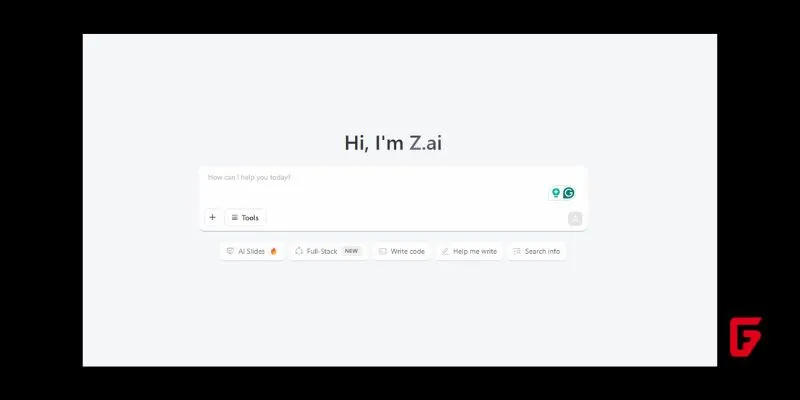A New Challenger Emerges
China’s AI landscape just shifted. Z.ai, the startup formerly known as Zhipu, has announced GLM-4.5, a large language model designed to disrupt both the economics and technical direction of modern AI. The moment is significant—not just for the model’s raw benchmarks, but for what it means to researchers, developers, and enterprises watching the global AI price war heat up.
Technical Leap: What Makes GLM-4.5 Special?
GLM-4.5 is built on an agentic architecture using a Mixture-of-Experts (MoE) design, featuring 355 billion total parameters (32 billion active at runtime for the main model). Its sibling, GLM-4.5-Air, offers a lighter alternative at 106 billion total (12 billion active) parameters, targeting teams needing blazing-fast results at lower hardware costs.
Here’s what sets it apart:
Hybrid Reasoning Modes: “Thinking mode” handles multi-step, complex requests while “non-thinking mode” snaps out quick responses.
Agent-Native Core: Instead of trying to do everything at once, GLM-4.5 divides and conquers, tackling each part of a problem sequentially.
Benchmarks: On industry tests for reasoning, coding, and task planning, GLM-4.5 scores just behind OpenAI’s GPT-4 and xAI’s Grok 4. For coding, it outperforms several leading models, and its tool-calling reliability leads the field.
Performance Without the Price Tag
While competitors like DeepSeek and Moonshot boast strong results, Z.ai stands out for its aggressive pricing. At just 11 cents per million input tokens and 28 cents per million output tokens, Z.ai slashes the cost of running advanced AI by a huge margin—87% lower than DeepSeek’s $2.19 output rate, far below Moonshot Kimi K2, and orders of magnitude less than typical Western alternatives.
What’s more, GLM-4.5 is optimized for efficient use of hardware—requiring half the GPU resources of its main rivals. This makes it ideal for organizations looking to deploy open models at scale without breaking the bank.
Why Does This Matter?
Open-source DNA: GLM-4.5 is released under the Apache 2.0 license, allowing users and businesses to run, modify, and even commercialize the model. No vendor lock-in.
Global competitive tension: As Z.ai launches, over 1,500 Chinese large language models are now publicly available—cementing China’s lead and forcing Western players to revisit their strategies.
Enterprise-readiness: Features like self-hosted deployment, hybrid reasoning, and high tool-calling accuracy make GLM-4.5 not just a research toy, but a real contender for business-critical workflows—especially where budgets and data sovereignty matter.
Geopolitical Moves and Backing
Z.ai isn’t just a solo act. The firm has support from Alibaba, Tencent, and other state-linked entities; it’s already mulling a major IPO in Hong Kong, further distancing itself from U.S. restrictions but tapping vast Asian capital pools. Backed by over $1.5 billion in funding, Z.ai’s strategy is part of a unique push: make open AI the rule, not the exception.
The U.S. has already blacklisted Z.ai, citing security concerns. But so far, chip regulations and export controls haven’t slowed China’s AI momentum—models like GLM-4.5 prove technical progress is not easily contained by borders or red tape.
Read:
Real-World Impact
For developers? Cheaper, faster, and more customizable AI. For business? The ability to run cutting-edge models without handing over data control or swallowing SaaS-level fees. And for the global market? A new stage in the AI arms race—where the strongest edge may soon go to whoever can build the best, and the cheapest, open models.














